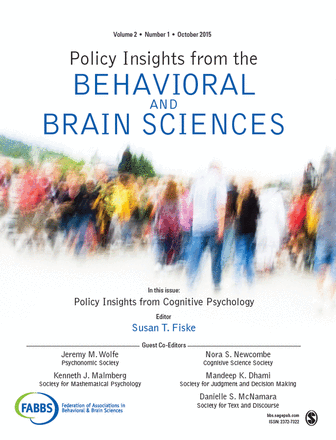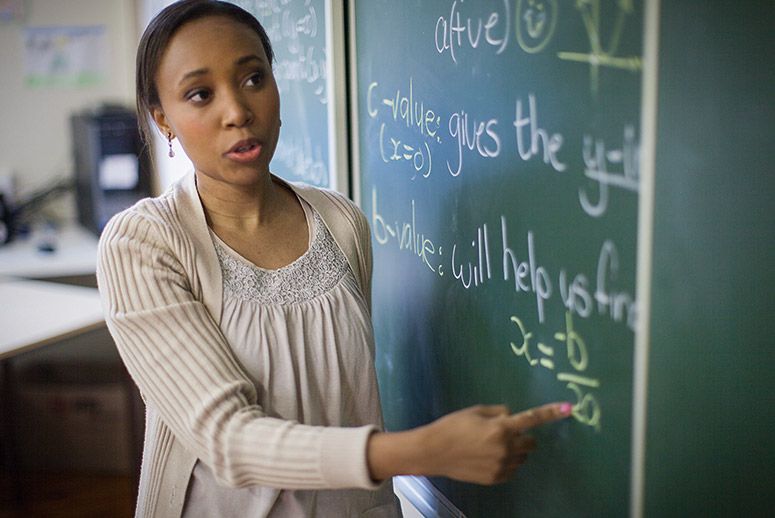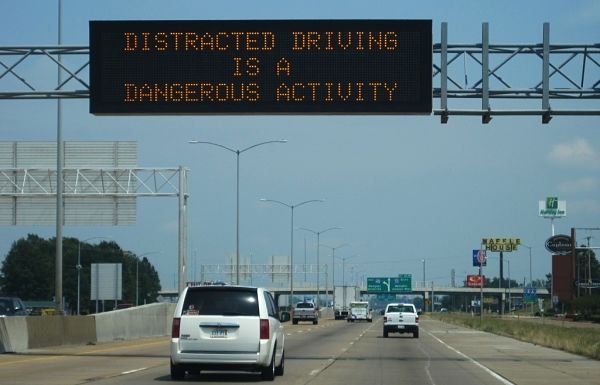A Key to Improving Math Skills: Reducing Anxiety

Frankly, the only thing I’m afraid of is running out of chalk!

The Federation of Associations in Behavioral and Brain Sciences, or FABBS, with SAGE, the parent of Social Science Space, publishes the journal Policy Insights from the Behavioral and Brain Sciences. This journal features research findings in the sciences of mind, brain, and behavior that are applicable to nearly every area of public policy. The second issue features 22 articles focused on cognitive psychology focused on topics including education, health, evaluating and mitigating risk, law, and improving society.
Math anxiety appears early, among children as young as first grade, and its causes may occur even before school entry. There is evidence that high math-anxious individuals have low basic math skills, suggesting that they struggled with numerical and spatial skills early on, resulting in a vicious cycle: children who have difficulty with math develop anxiety about it, avoid math, and therefore have fewer opportunities to develop their skills, which in turn makes them more anxious.
“Although people may be cognitively predisposed to develop math anxiety, there is undoubtedly a social factor as well,” Beilock and Maloney emphasize. High math anxious parents tend to pass on their anxieties to their children, research shows, and teachers can, too. One study found that when female first- and second-grade teachers had high math anxiety, their female students learned less math over the course of the year and came to endorse negative stereotypes about girls being worse at math than boys.
Just as parents and teachers may be culprits in creating math anxiety, they have the potential to head it off. Helping young children develop foundational math skills through everyday interactions is important, Beilock and Maloney write, for example by counting things at home, using words like ‘curvy’ and ‘straight’ to describe objects, and encouraging children to play with puzzles and blocks that develop spatial sense.
As many parents feel stressed about helping their children with math, it is also important for educators to show parents productive ways to be involved in math homework, according to Beilock and Maloney. Studies have shown that when parents with high math anxiety help their children with math homework, children tend to perform worse in that subject. This doesn’t mean parents shouldn’t help, but that they should learn to frame math as an interesting challenge rather than as frightening or stressful.
Pre-service and current early elementary teachers also need to be educated about this kind of framing and about the potential negative effects of their own math anxiety on children. Although studies have shown that interventions can reduce math anxiety in adults (for example through breathing exercises and writing about one’s math fears), it is better to avoid sending young kids negative messages about math in the first place.
Most important is raising awareness about the phenomenon of math anxiety, according to Beilock and Maloney, because efforts to promote STEM courses and careers that focus only on increasing interest overlook a crucial step: decreasing the fears that are leading many people to avoid them.




















































































